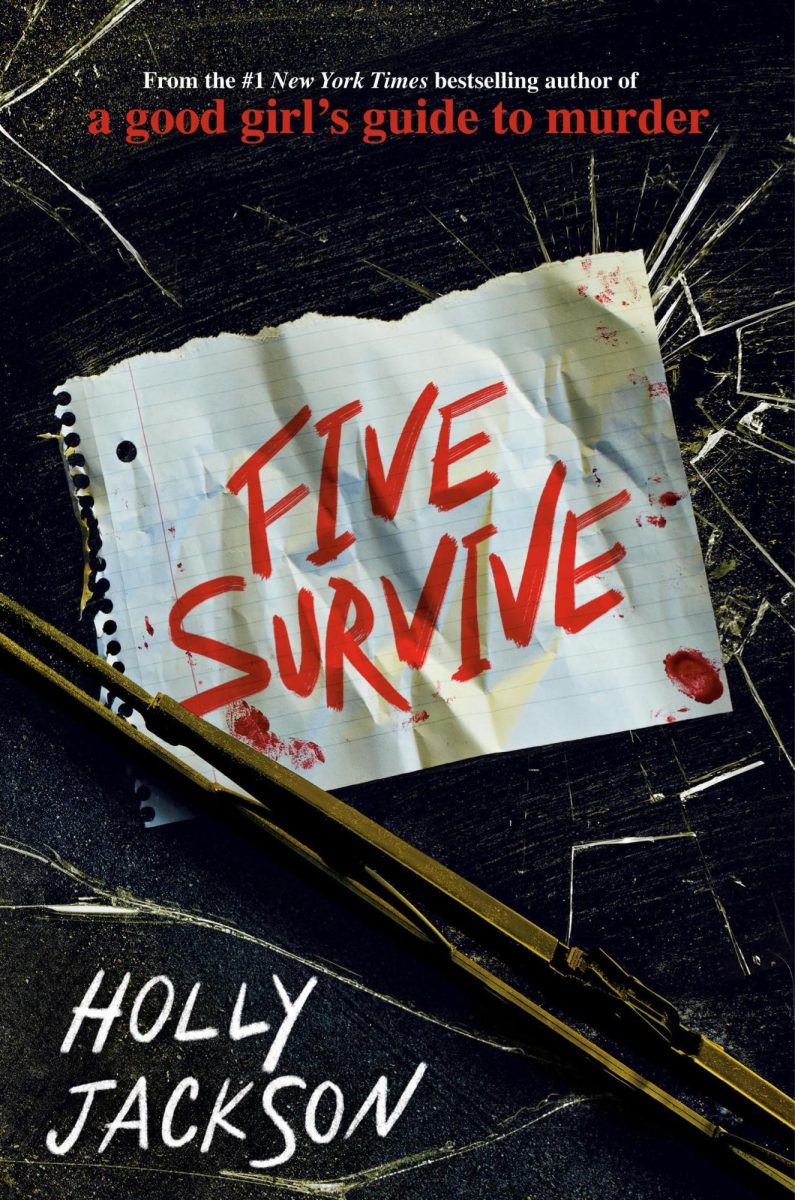Recap (and Review) of Three Identical Strangers
November 7, 2018
On Friday, November 2nd, The Norton Family Center for Common Good and the Developmental Psychology classes hosted a screening of Three Identical Strangers, an award-winning documentary about three separated triplets that found each other nineteen years after they were born. The movie was set to start at 8:00, but the RAC auditorium was packed at 7:50, and it was difficult finding a seat among all the students that were hoping to catch the film.
As soon as the movie started, and as Robert Shafran recounted how he found out he had a twin brother on a particularly eventful first day at college, all the students were in rapt attention, laughing at each beat. Soon, the three triplets were introduced, and the movie’s lightness persisted, peppered with the triplets’ wild antics and newfound fraternal love.
Then, the parents asked the adoption agency why the triplets were separated, and a peripheral university scientist stumbles upon a 1960s psychology experiment that describes analyzing separated twins and triplets in different households, and the movie stumbles into a darker realm. The room’s laughs had shuttered, and the documentary explored the triplets’ reactions to the adoption agency, and their unraveling of a psychology experiment that stretched beyond the modern trappings of justice and human ethics.
At the risk of spoiling the movie, I can only reveal this much, but make no mistake—I haven’t even begun to describe the film. The trailers paint the film as a feel-good story, and it is for the first third of its runtime, but its real intrigue lies in its questions about the ethics of scientific experimentation, nature vs. nurture, and one’s ownership of their existence.
Watch this film, not just because it’s one of the most compelling documentaries to come out in the past few years, but also because it takes a sad, tangled-up story and pulls out all the classic filmmaking tricks (the Ken Burns effect, repetition of clips, voice-over narration) and innovates upon them, creating a documentary that stays grounded to its roots, while also presenting a work of art as revelatory as its subject.








